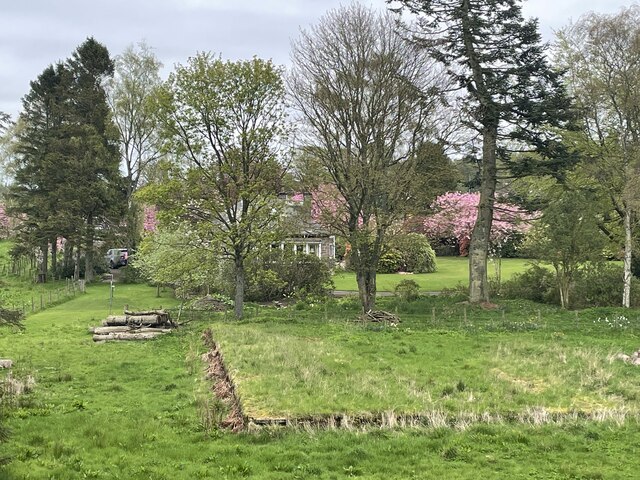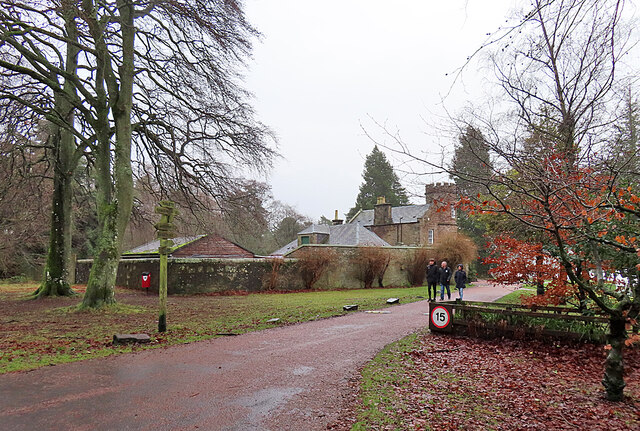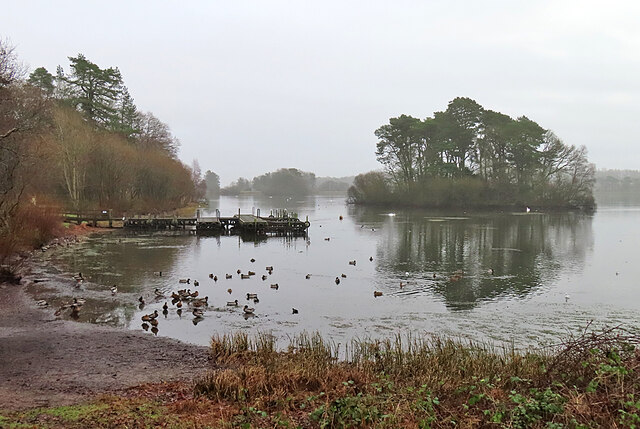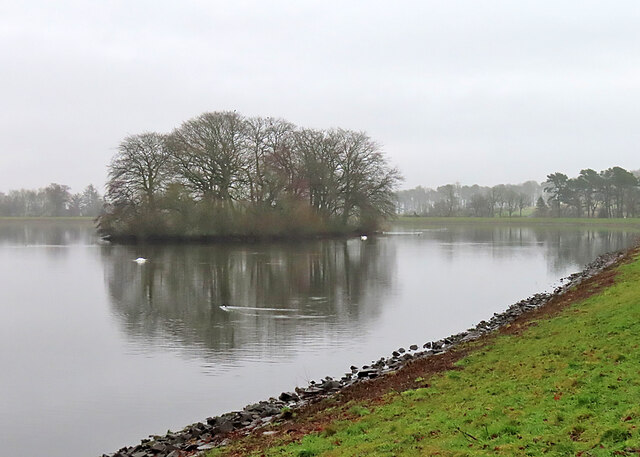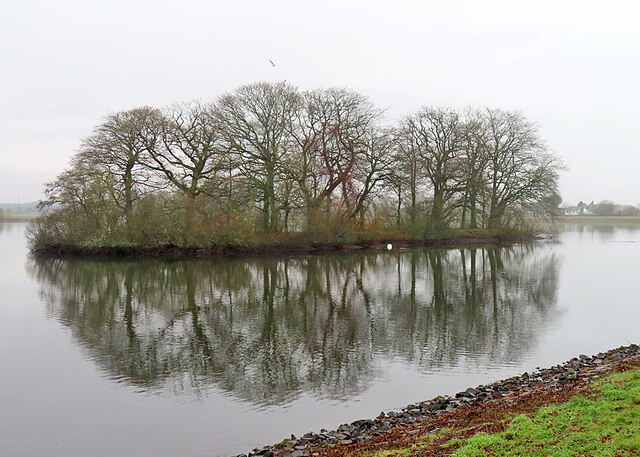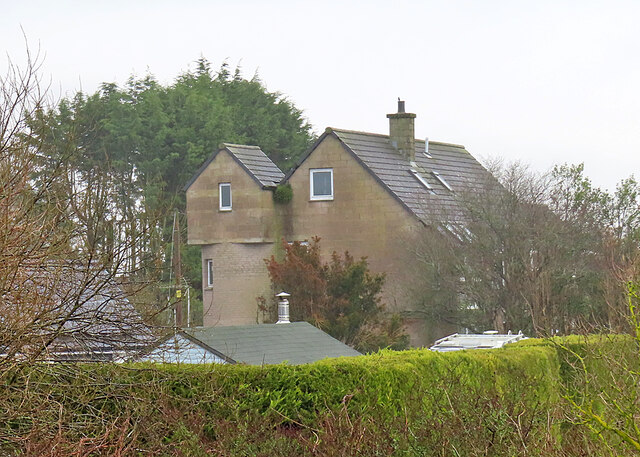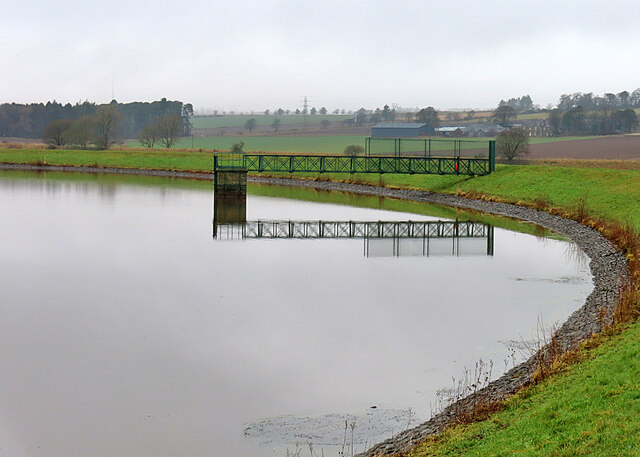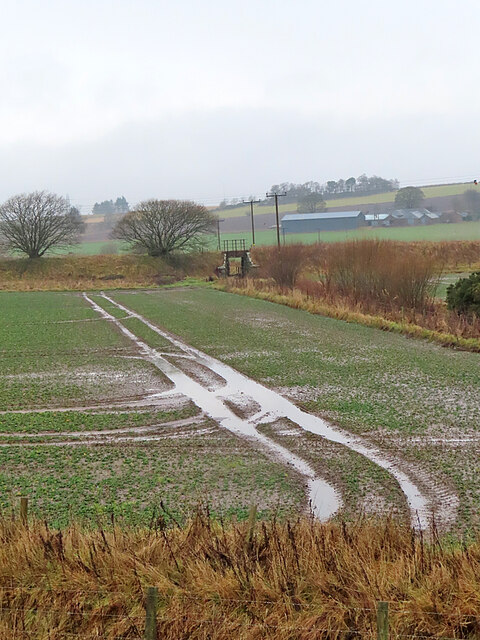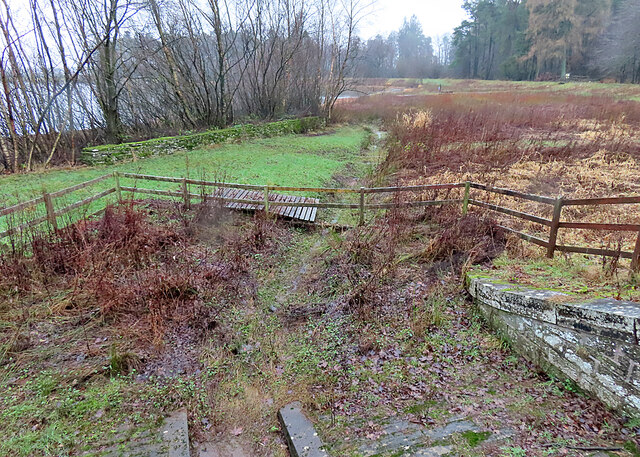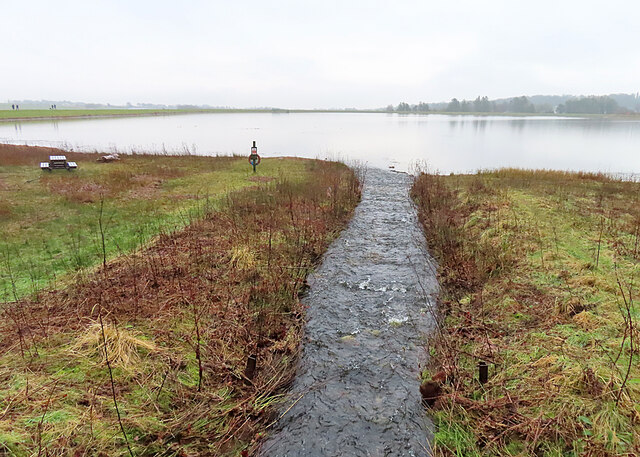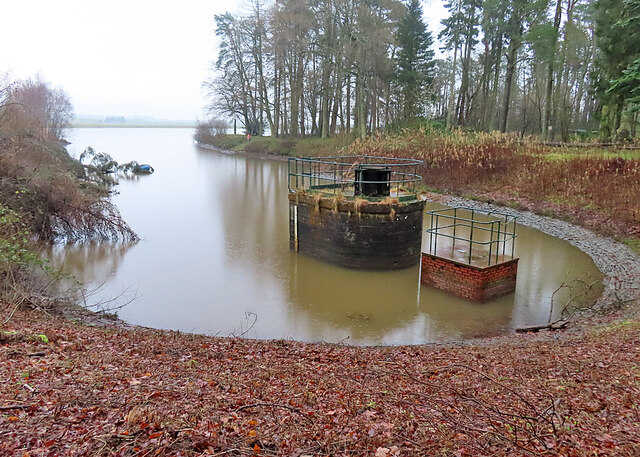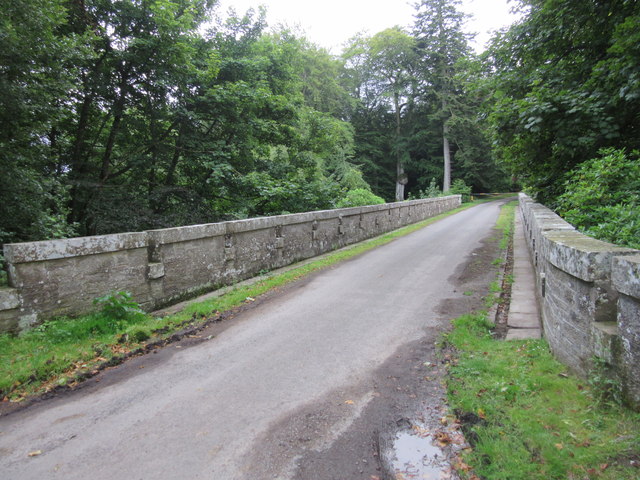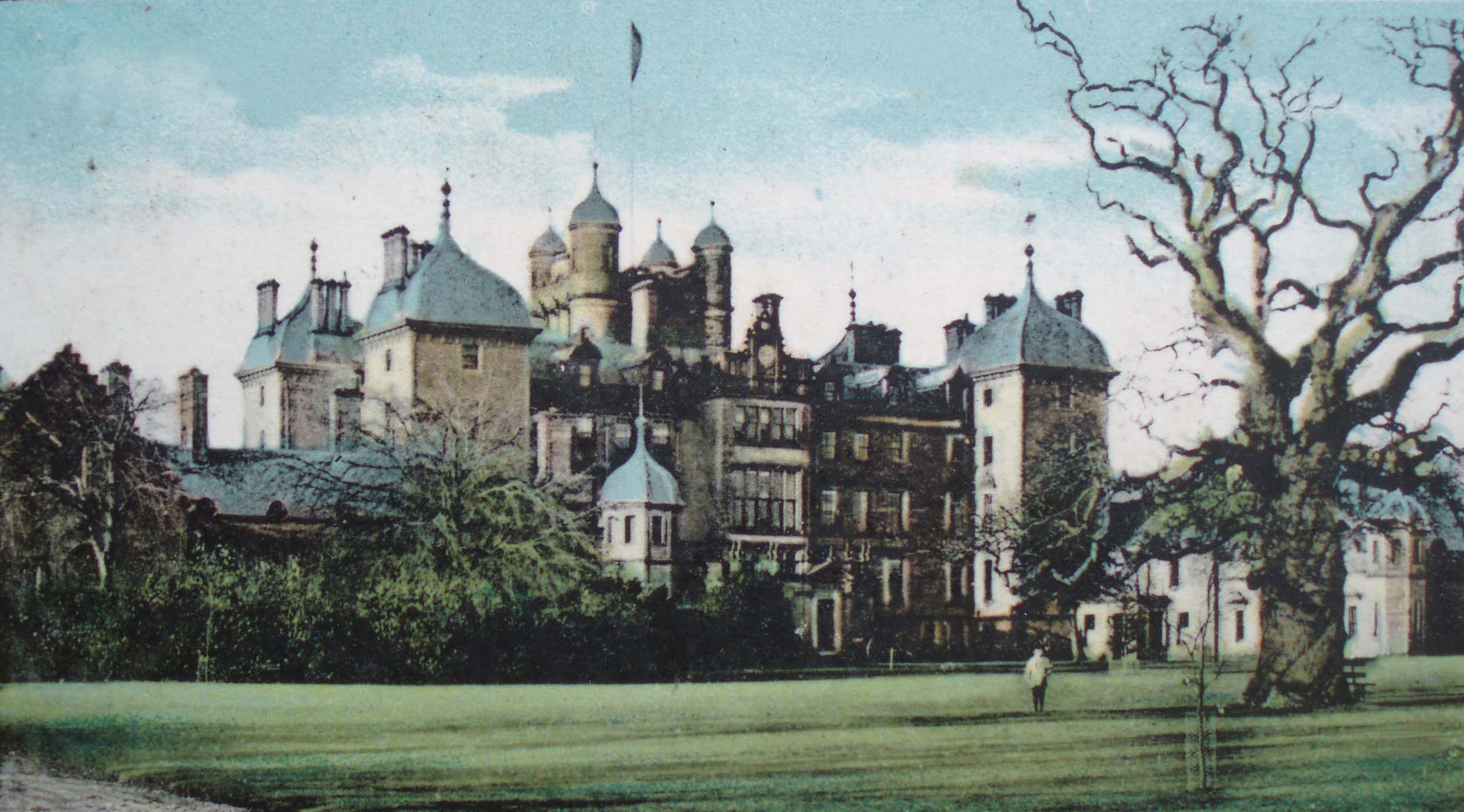Camustane Hill
Hill, Mountain in Angus
Scotland
Camustane Hill

Located in Angus, Scotland, Camustane Hill is a prominent hill that offers breathtaking views of the surrounding landscape. Standing at an elevation of 296 meters (971 feet), it is considered a popular destination for hikers, nature enthusiasts, and those seeking outdoor adventures.
Camustane Hill is known for its diverse flora and fauna, with heather-covered slopes and grassy meadows. It is home to a variety of bird species, including skylarks and meadow pipits, making it a favored spot for birdwatching. The hill also boasts a rich history, with traces of ancient settlements and burial cairns scattered throughout its slopes.
The main trail leading up Camustane Hill is well-maintained and relatively easy to navigate, making it accessible for hikers of all experience levels. As visitors ascend the hill, they are rewarded with stunning panoramic views of the Angus countryside, including the rolling hills, farmland, and the nearby North Sea coastline.
The hill is best visited during the spring and summer months when the surrounding landscape is in full bloom, displaying vibrant colors and providing a picturesque backdrop for outdoor activities. It is recommended to bring appropriate hiking gear, including sturdy footwear and waterproof clothing, as the weather can be unpredictable.
Overall, Camustane Hill offers visitors a chance to immerse themselves in the natural beauty of Angus, providing a serene and peaceful escape from the hustle and bustle of everyday life.
If you have any feedback on the listing, please let us know in the comments section below.
Camustane Hill Images
Images are sourced within 2km of 56.529173/-2.7892137 or Grid Reference NO5137. Thanks to Geograph Open Source API. All images are credited.
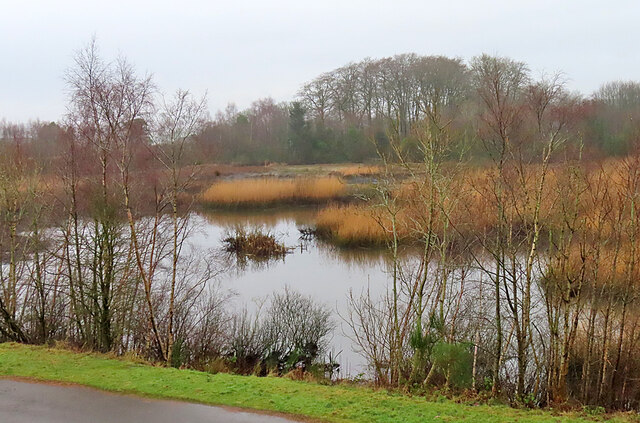
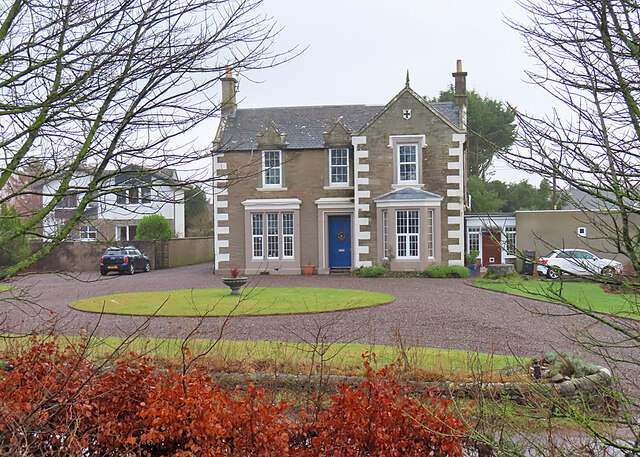

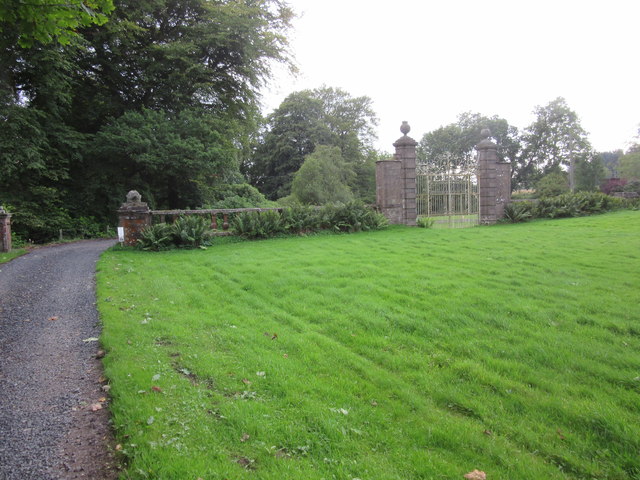
Camustane Hill is located at Grid Ref: NO5137 (Lat: 56.529173, Lng: -2.7892137)
Unitary Authority: Angus
Police Authority: Tayside
What 3 Words
///intrigues.victor.fluffed. Near Monifieth, Angus
Nearby Locations
Related Wikis
Downie Hills
The Downie Hills are a small range of hills in Angus, Scotland, approximately 4 kilometres (2.5 mi) to the North of Carnoustie. At their highest point...
Panmure Testimonial
The Panmure Testimonial, otherwise known as the Live and Let Live Memorial, is a monument in Angus, Scotland. It was erected in 1839 to commemorate the...
Camus Cross
The Camus Cross, otherwise known as the Camuston or Camustane Cross, is an Early Medieval Scottish standing stone on the Panmure Estate near Carnoustie...
Craigton, Angus
Craigton is a village in Angus, Scotland. It lies to the north of the Downie Hills, approximately three miles north of Carnoustie. Immediately to the west...
Camuston
Camuston was a village that once existed in Angus, Scotland until the late 18th/early 19th centuries. No trace of it can be found today, but its former...
Carlungie and Ardestie earthhouses
Carlungie and Ardestie Earthhouses can be found in farmland north of Monifieth and Carnoustie. They date to the late Iron Age, from the 1st to 2nd centuries...
Monikie
Monikie is a village and civil parish in Angus, Scotland, north-east of Dundee. == History == The village grew from small beginnings as just one of many...
Panmure House
Panmure House was a 17th-century country house in the Parish of Panbride, Angus, Scotland, 4 miles (6 km) to the north of Carnoustie. It was the seat of...
Nearby Amenities
Located within 500m of 56.529173,-2.7892137Have you been to Camustane Hill?
Leave your review of Camustane Hill below (or comments, questions and feedback).
